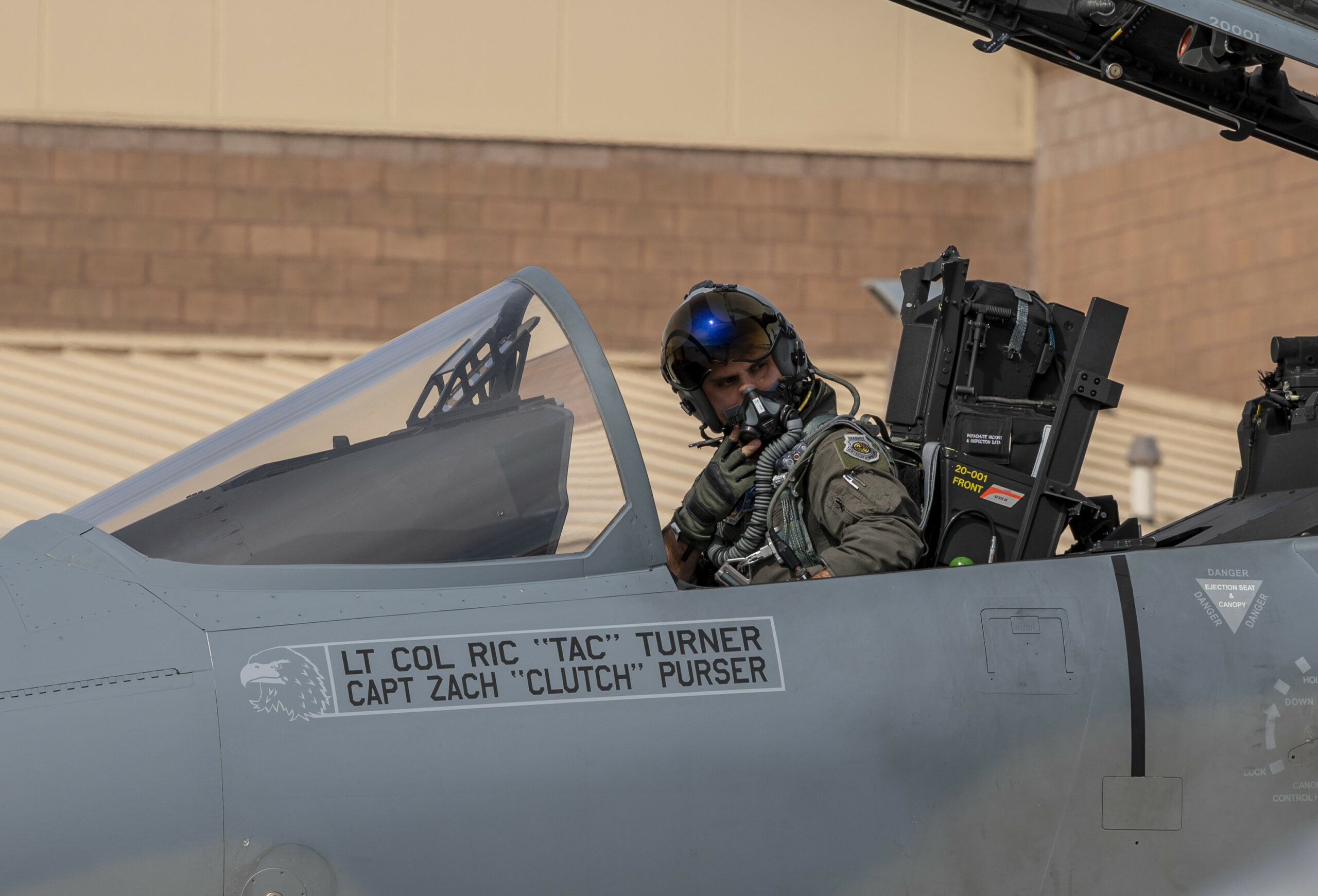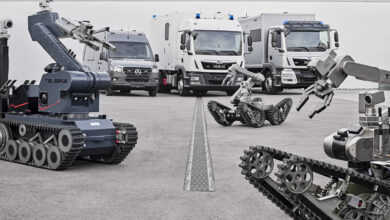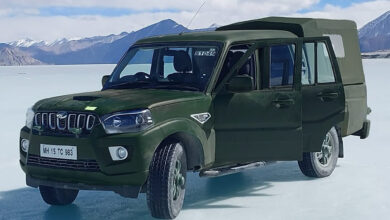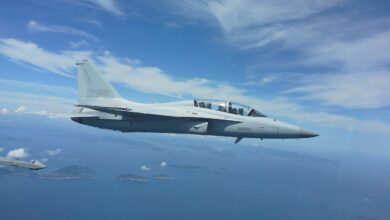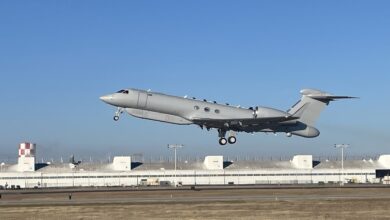Boeing has contracted Collins Aerospace to deliver its flagship Advanced Concept Ejection Seat (ACES) II system for the US Air Force’s F-15EX Eagle II combat aircraft.
The deal covers 144 ACES IIs, with work to be performed in Colorado Springs, Colorado.
This package will support over 90 F-15Ex jets to be produced by Boeing under an ongoing program to replace the air force’s aging F-15C/D platforms. All the aircraft will also receive wheels and brakes manufactured by Collins.
Collins’ Advanced Concept Ejection Seat
The ACES technology, first introduced in the 1970s, has been the base ejection seat system of various allied combat jets and has saved more than 700 lives in service, according to the RTX subsiadary.
The solution’s latest iteration has 6,000 units deployed with 29 international air defense organizations.
In the US Air Force, the ACES II version is installed on F-16 Fighting Falcons, F-22 Raptors, A-10 Thunderbolts II, B-1 Lancers, and B-2 Spirits.

“The F-15EX is the most advanced Eagle ever built, combining cutting-edge technology with a proven airframe, which makes Collins’ ACES II ejection seat the perfect fit for this aircraft,” Collins Aerospace Integrated Mission Solutions VP and General Manager Sharon Tabori commented.
“Our ACES family of ejection seats are the safest option available because of the advanced technologies we’ve incorporated. Having it installed on the F-15EX will give aircrew confidence to complete their most challenging missions, knowing that their ejection seat will work when they need it most.”
The F-15EX Eagle II
Boeing’s F-15EX multirole fighter jet is an upgraded version of the 80s-era F-15E Strike Eagle. The new plane debuted in 2024 and has eight aircraft produced for the US Air Force.
The F-15EX measures 64 feet (20 meters) long and has a wingspan of 43 feet (13 meters).
It is armed with a Vulcan rotary cannon, precision-guided bombs, and multi-domain missiles.
Among the aircraft’s modern components are BAE Systems’ electronic warfare and countermeasures system and flight control computers.
The jet is powered by two General Electric F110-GE-129 afterburning turbofans for a maximum altitude of 60,000 feet (18,288 meters), a range of 2,100 nautical miles (2,417 miles/3,889 kilometers), and a top speed of Mach 2.5 (1,918 miles/3,087 kilometers per hour).


